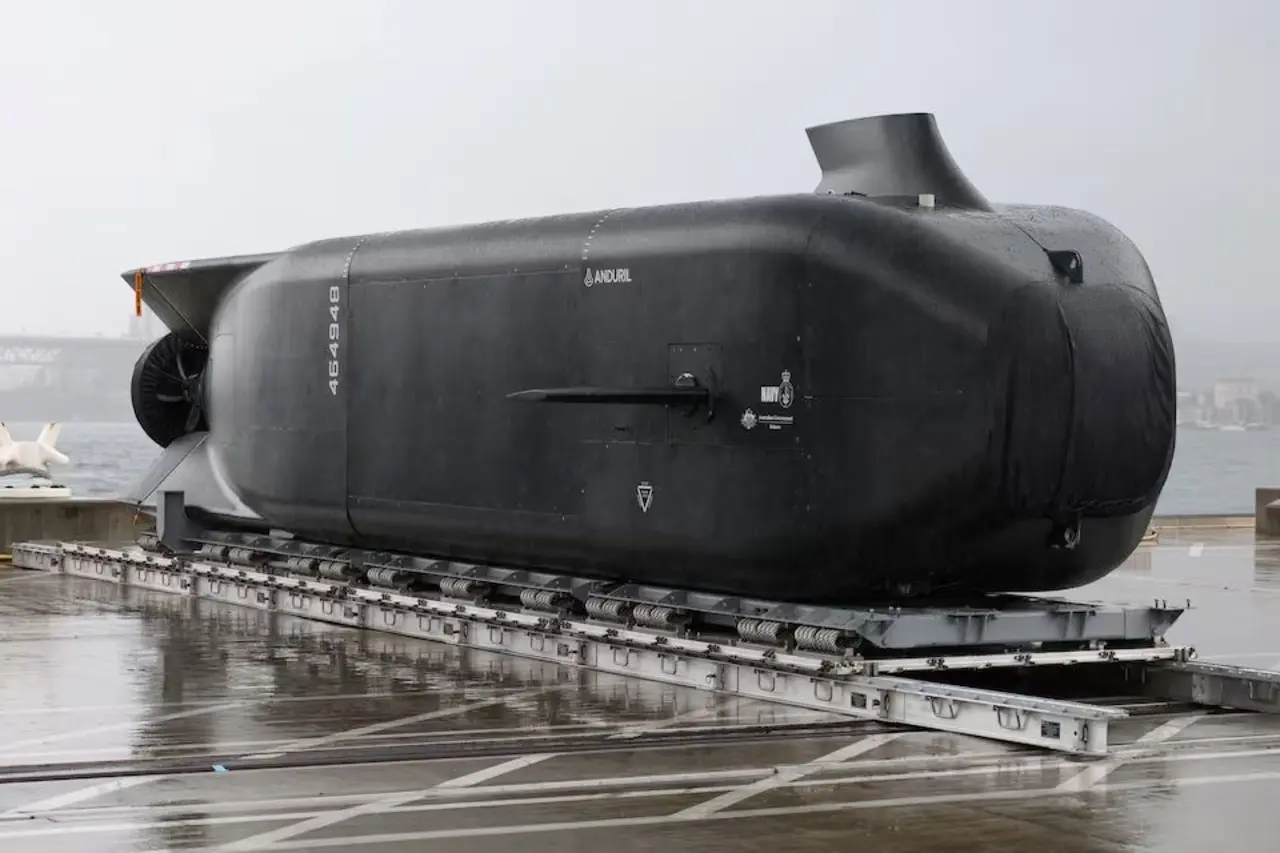Australia, striving to build a powerful navy, has taken action to possess a silent and invisible force. The country has launched a project for unmanned underwater drones capable of gathering intelligence underwater and launching attacks. According to the project, dozens of autonomous attack drones will join the navy within the next five years.
Military underwater drones are making a comeback
Underwater drones, thanks to their ability to move silently, remain in deep water for extended periods, and perform both reconnaissance and attack missions, are becoming one of the most important tools in modern navies. The number of countries investing in this field is also increasing.

Australia is joining these countries, implementing the “Ghost Shark” project with a budget of $1.1 billion. The project is considered one of the world’s most advanced technologies in autonomous underwater drones.
These autonomous vehicles, approximately 11 meters long, can dive to depths of 6,000 meters and remain submerged for up to 10 days. The drones, which will be used for intelligence gathering, reconnaissance, surveillance, and attack operations, can engage targets even from great distances within Australian territory.
Thanks to their AI-powered autonomous systems, the vehicles chart routes without human intervention during missions, navigate to new targets, and adapt to changing conditions. Their modular hull structure allows them to be equipped with a variety of equipment, from intelligence sensors and sonar systems to electronic warfare modules and weapon payloads.
This allows a single platform to be used for both reconnaissance and attack missions. Their low acoustic signature and silent movement make them difficult to detect by enemies. Their ability to remain submerged for 10 days makes them a strategic asset in long-range missions.
With their encrypted communication systems, they can operate in coordination with each other and with manned submarines or satellite networks. Their effectiveness at a much lower cost compared to traditional submarines is also a significant advantage.
These underwater drones are part of Australia’s project to establish a nuclear submarine fleet. However, under the AUKUS agreement signed with the US and the UK, Australia will only be able to commission its nuclear submarine fleet in the 2030s.













